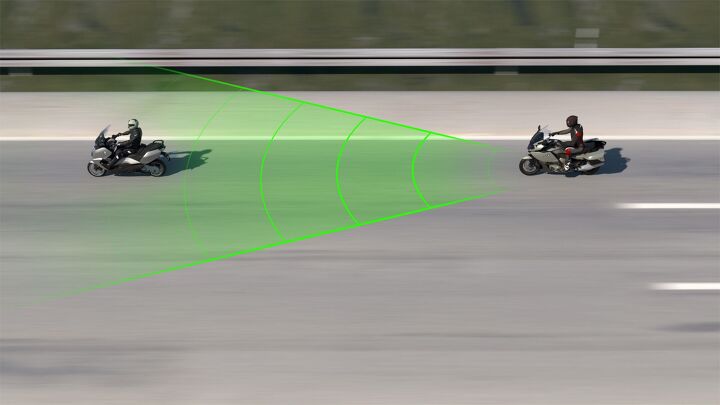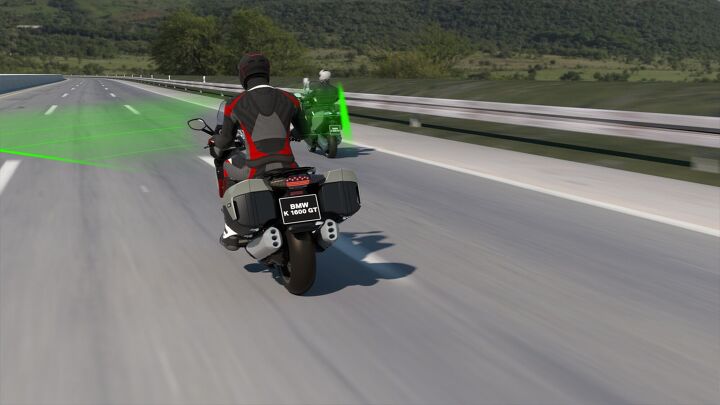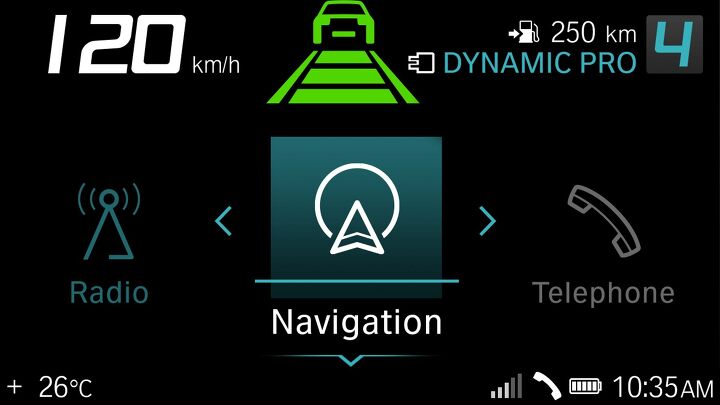BMW released details about its new Active Cruise Control system, its version of Bosch’s Adaptive Cruise Control technology. Whatever the name, the system uses radar sensors to detect objects ahead of a motorcycle and adjusts the cruising speed to maintain a safe distance.
Our own Ryan Adams got a first-hand look at Bosch’s system in 2018, and both KTM and Ducati have announced plans to introduce the technology into their motorcycles as early as the 2021 model year, but BMW is the first to go into detail about how it will work.
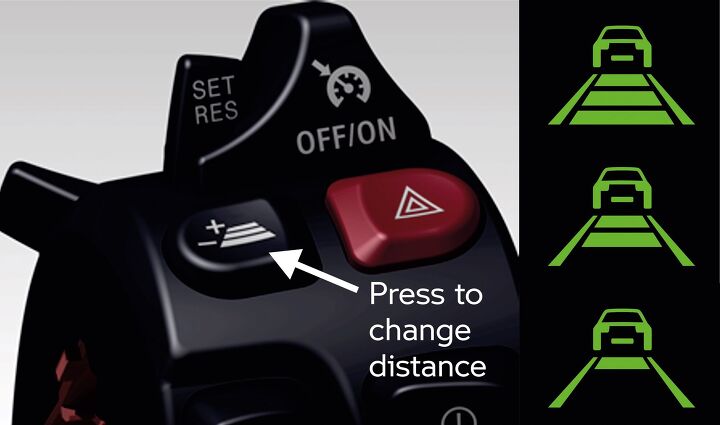
BMW’s active cruise control system controls are located on the left handlebar’s switchgear. The distance selector allows riders to set the preferred separation space ahead. The distance function can also be deactivated, turning system into a regular non-active cruise control system.
With its active system, riders will be able to set both a cruising speed and a distance ahead of the motorcycle. As long as the area within that range ahead of the motorcycle is clear, the cruise control system will maintain the set speed.
The Set/Res button selects the current riding speed for the cruise control. Pressing it forward again increases it by 1 mph (with a short press) or 5 mph (with a longer press). Holding the button down longer increases the set speed by 5 mph until it is released. Pressing the button to the rear reduces the speed. Pressing the distance button toggles between three settings: short, medium or long.
As with regular cruise control systems, riders can override the speed by twisting the throttle. Cruise control can be turned off by braking or turning the throttle grip forward past its resting position. Applying the clutch interrupts the cruise control for 1.5 seconds. BMW’s system has two modes, comfortable and dynamic, affecting how aggressively the system accelerates or decelerates.
If the radar sensors detect something ahead within that set distance, the cruise control system reduces the speed until it regains the set separation distance. The radar sensor ignores stationary objects and only reacts to moving objects. Riders will still need to be manually in control when, for example, stopping at a traffic light or during traffic jams.
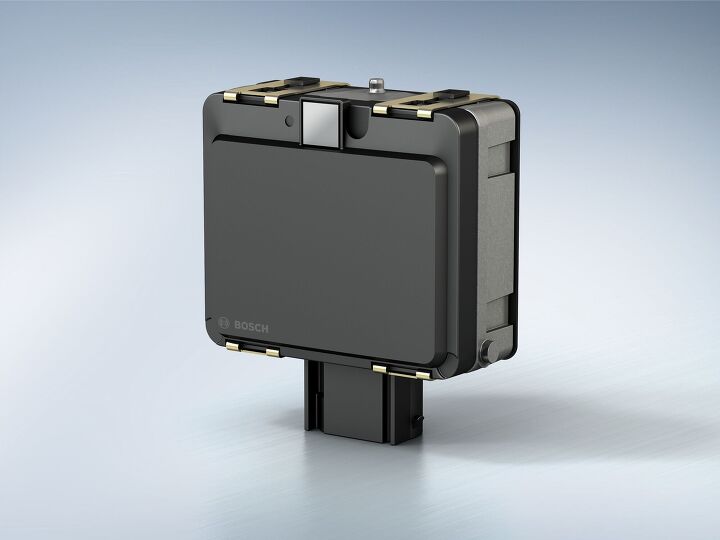
Unlike other electronic hardware such as six-axis EMUs or ABS modules, the radar sensor needs to be near the front of a motorcycle and not tucked away within the bodywork.
The sensor takes into account the motorcycle’s speed and yaw rate, predicting a path of travel through the next 100 meters to determine whether another vehicle is encroaching in the set distance. A distance controller sends a target acceleration (either positive for acceleration or negative for deceleration) via a CAN bus connection to the ABS and cruise control system. The ABS calculates the amount of drive torque from the engine and braking torque (if required) to adjust the speed.
Active Cruise Control also works when passing another vehicle. Using the turn indicator activates the system’s overtaking assistant function, preparing it to switch from the vehicle being passed to vehicles in the new lane.
BMW says its Active Cruise Control works in corners, but limits the speed to maintain a limited lean angle for comfortable turning (BMW lists 20 degrees as an example). The system will also limit any abrupt braking or acceleration maneuvers.
The radar sensor also serves as a form of collision warning, even if the Active Cruise Control is disabled. A first level warning alerts when a vehicle is detected ahead, signaling that rider intervention is required. A second level warning comes on when the system detects a more dangerous scenario, where the system expects it cannot maintain a safe distance and emergency braking is required. For safety reasons, Active Cruise Control cannot perform emergency braking by itself; riders still have to be ready for emergency measures.
BMW hasn’t outlined when we will see the Active Cruise Control on a production motorcycle, but we’re likely looking at the 2021 model year, coinciding with Ducati and KTM’s adoption of the technology. BMW’s sample images show the system equipped to a K1600GT but we expect it will be available on a wide range of models. There may be some regulatory hurdles to deal with, so it’s unclear if BMW will offer the technology in all markets.
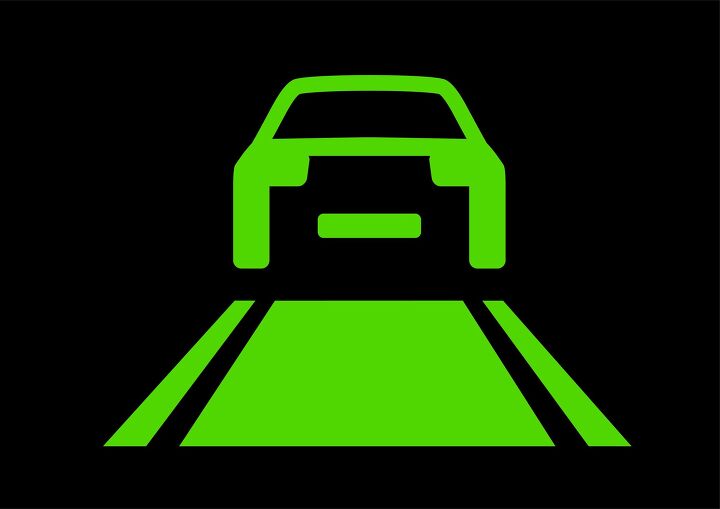
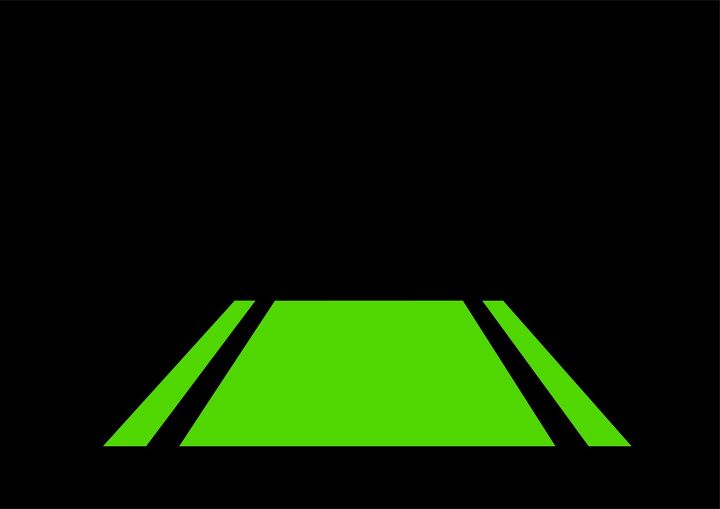
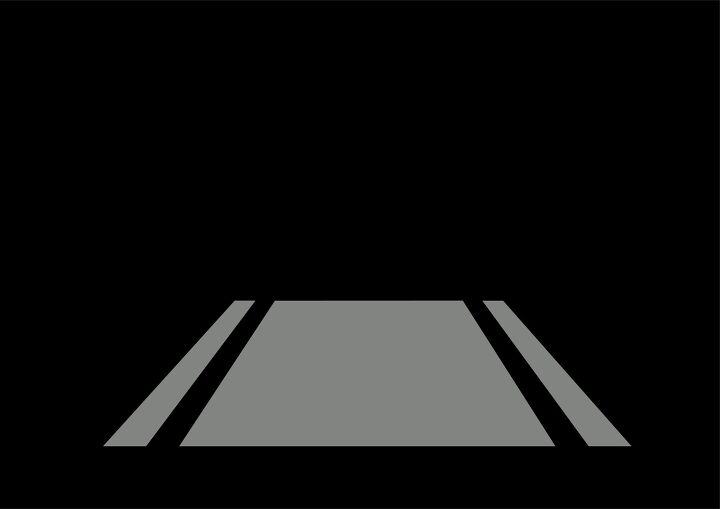
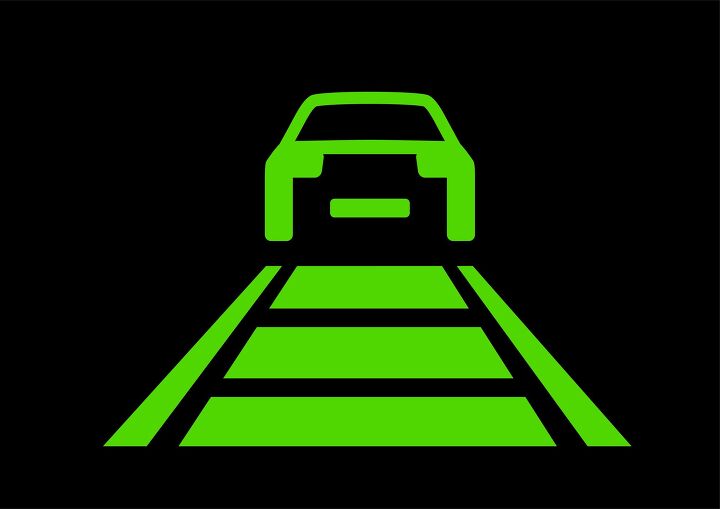
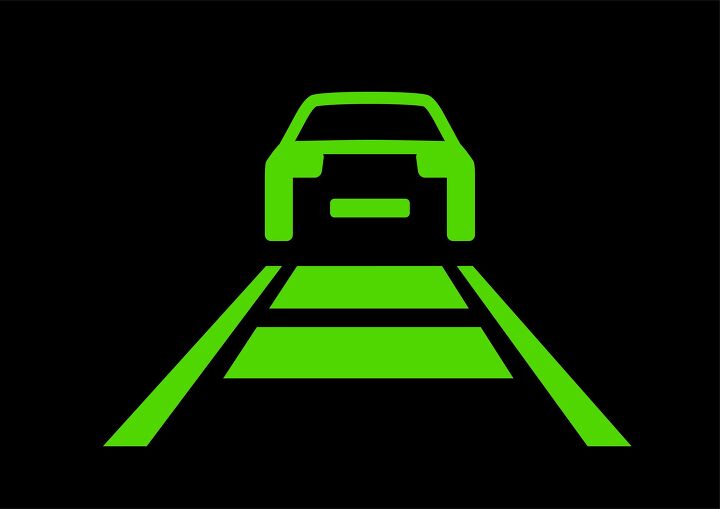
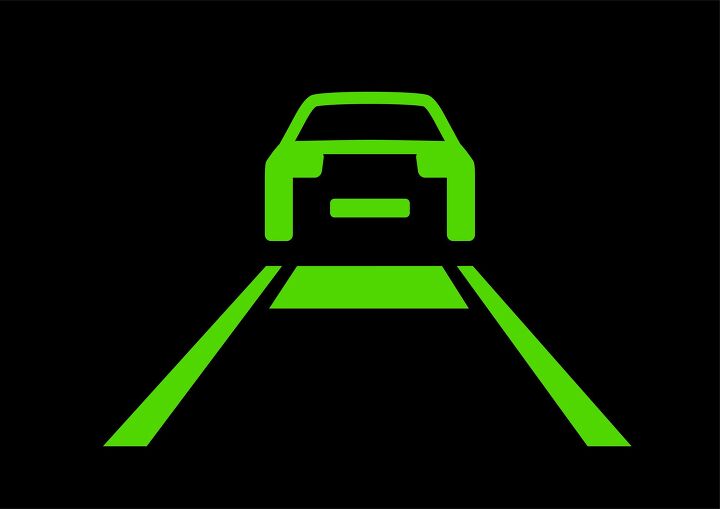
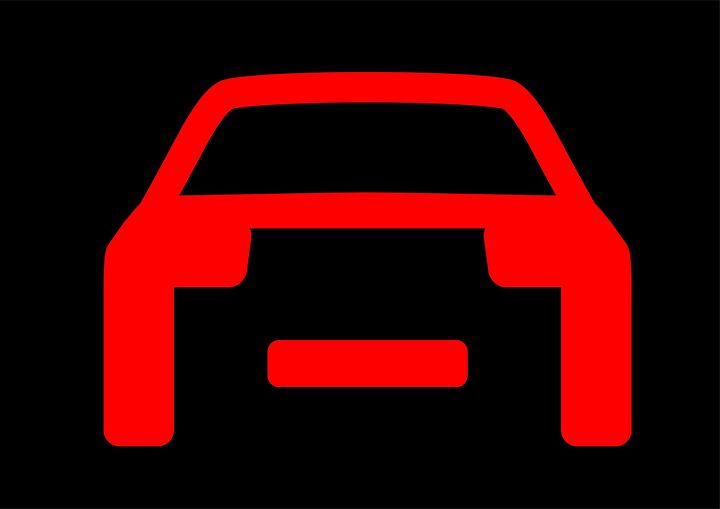
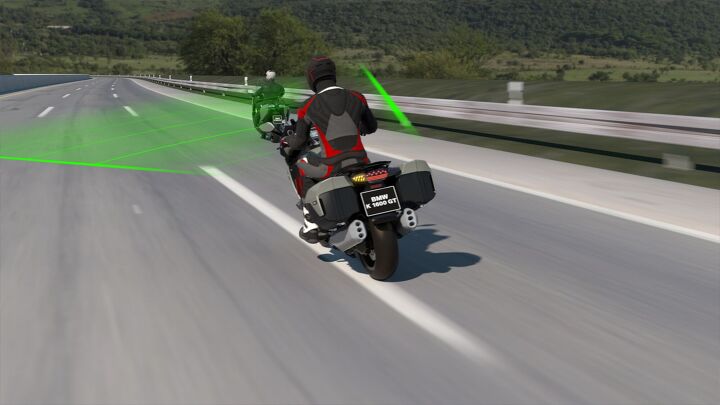
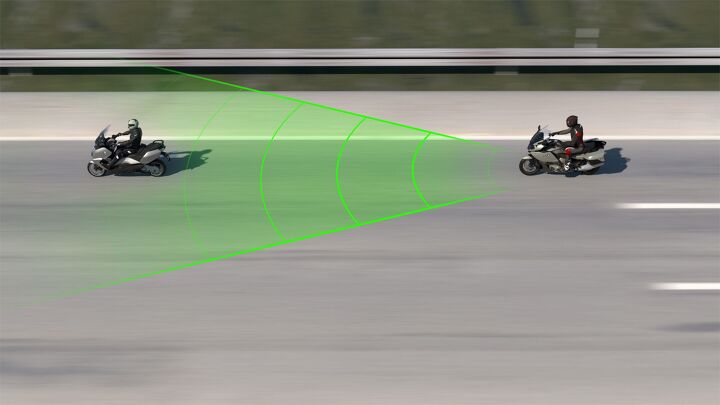
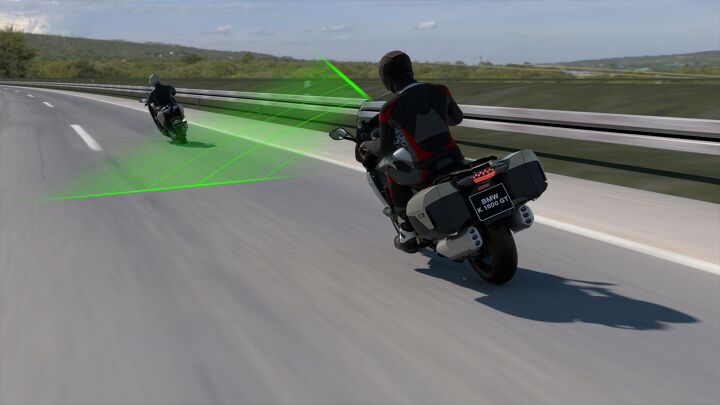
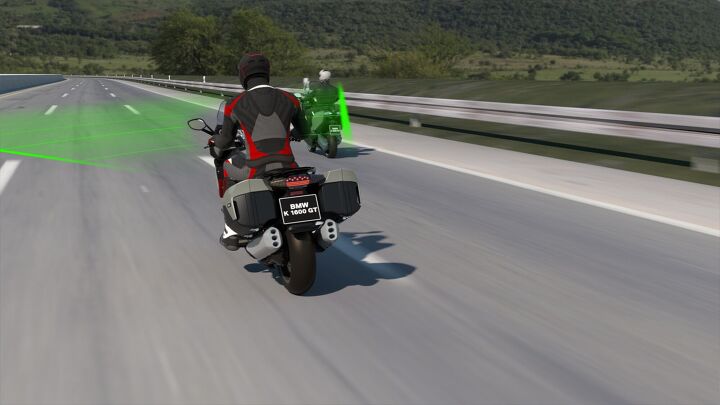
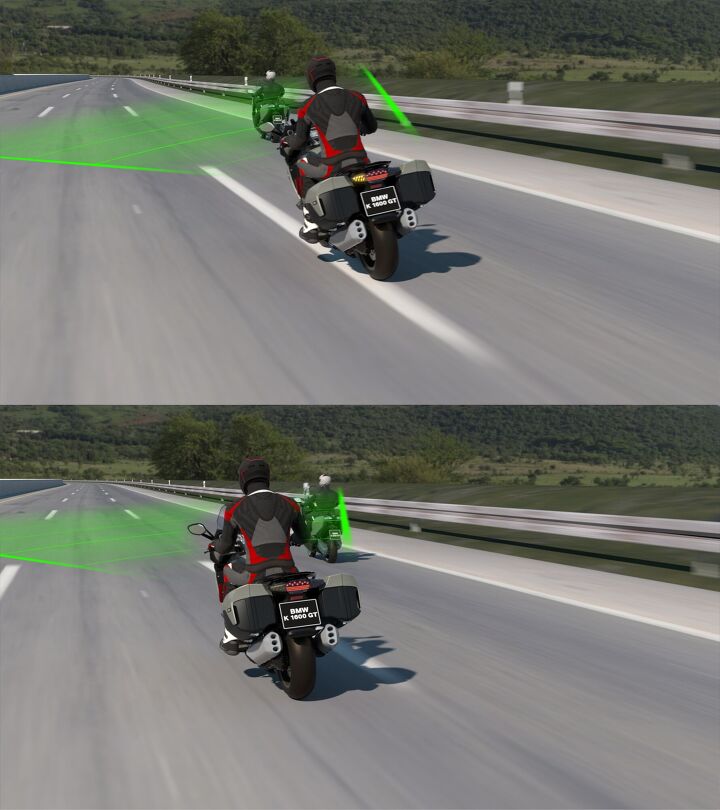
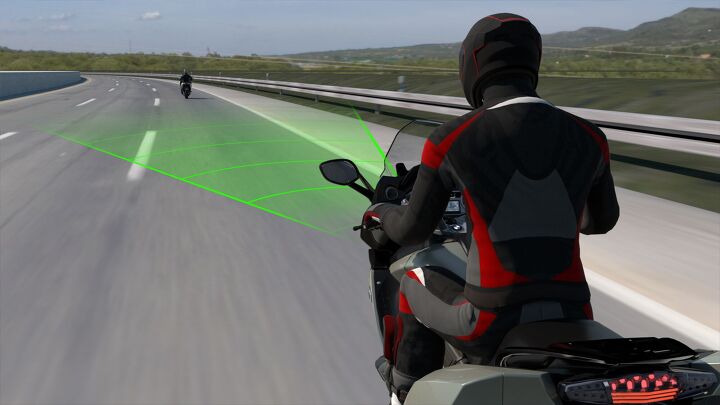
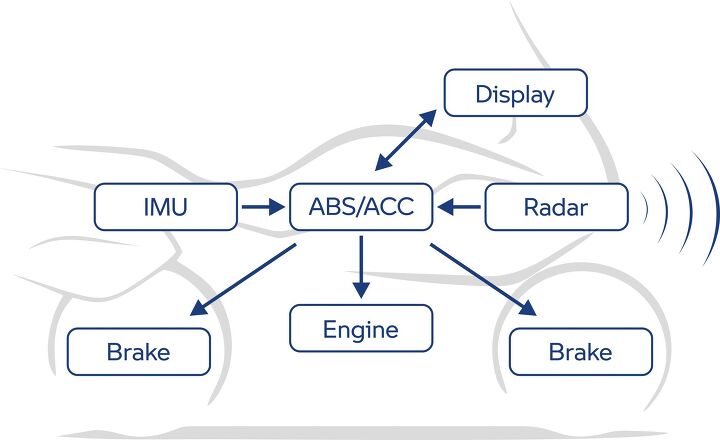
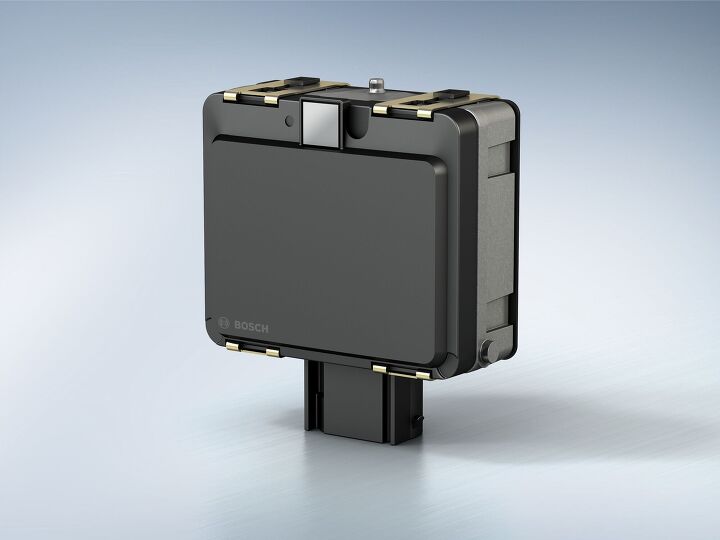
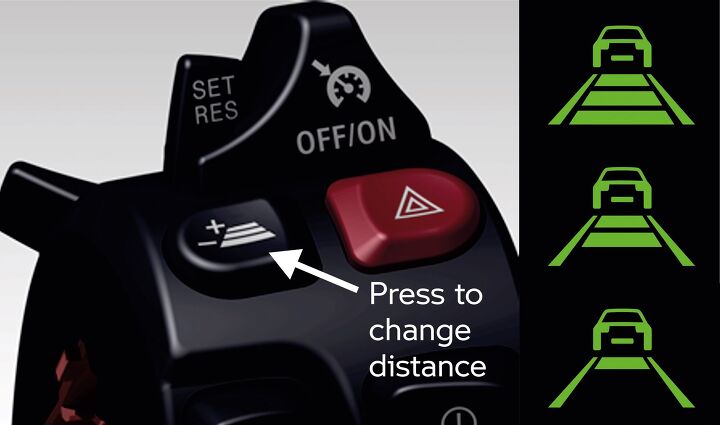
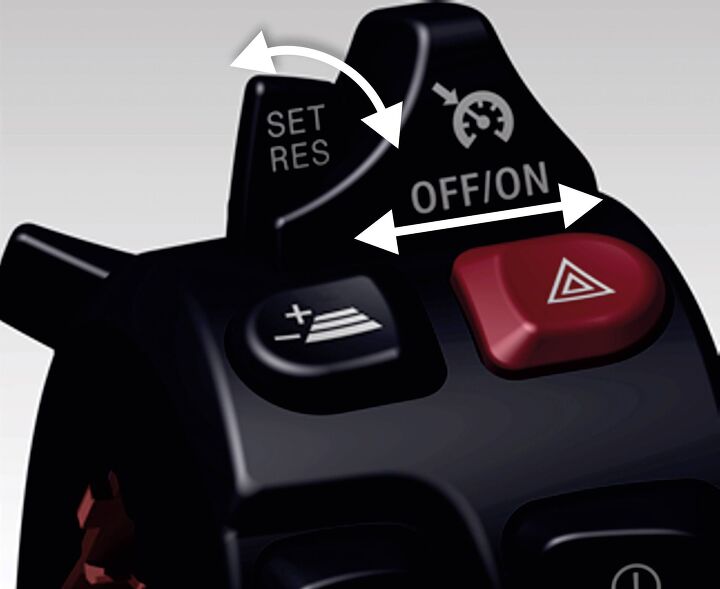
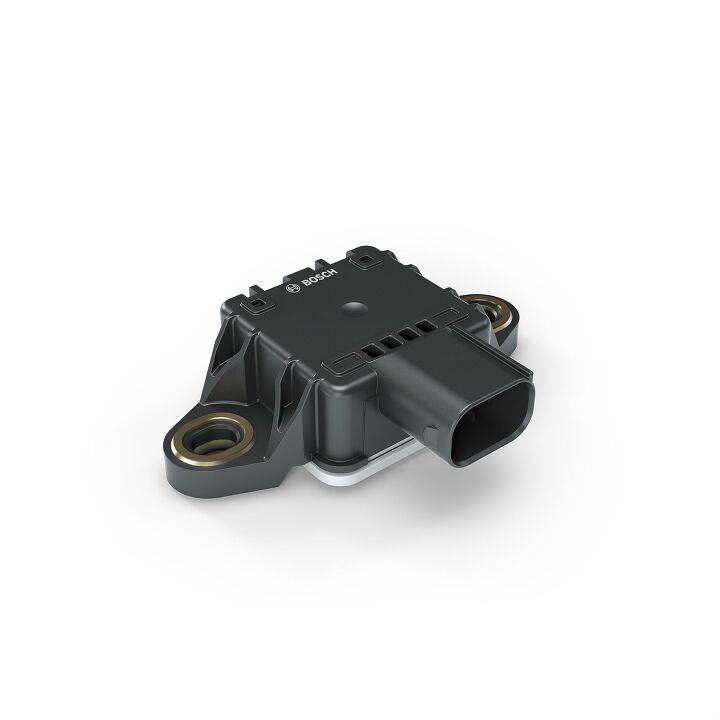
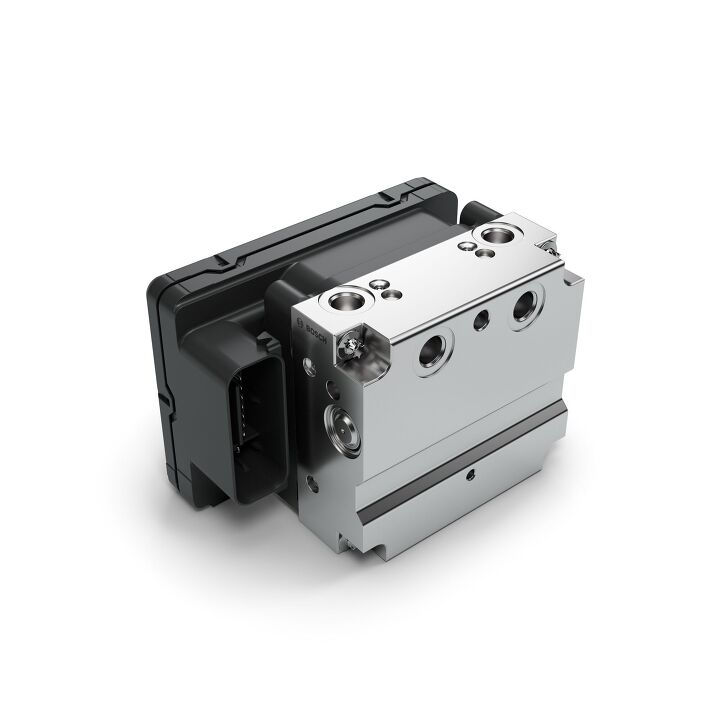
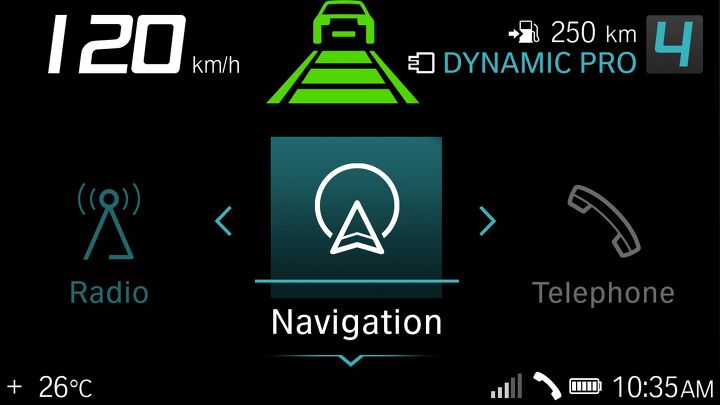
The post BMW Releases Details on Active Cruise Control System appeared first on Motorcycle.com.
【Top 10 Malaysia & Singapore Most Beautiful Girls】Have you follow?
